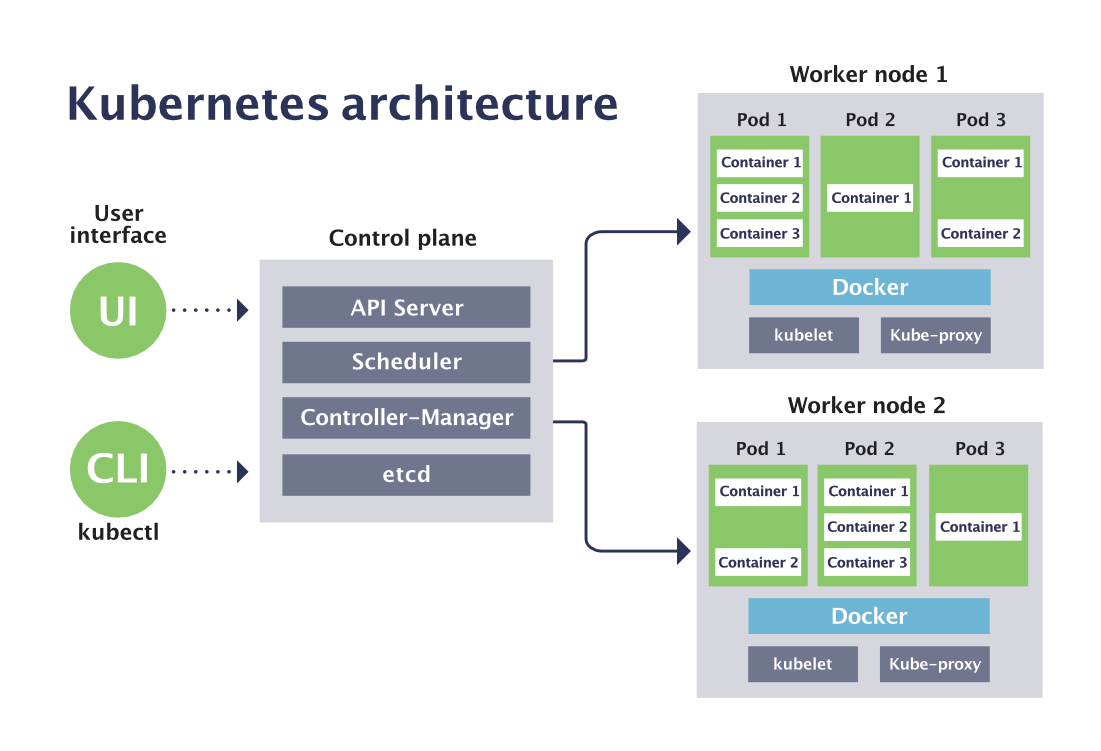

Mesos' broad workload coverage comes from its two-level architecture, which enables "application-aware" scheduling. Mesos has a unique ability to individually manage a diverse set of workloads - including traditional applications such as Java, stateless Docker microservices, batch jobs, real-time analytics, and stateful distributed data services. It’s fair to say that as of 2021, Kubernetes has won the argument posited at the beginning of this blog and that Kubernetes has, through its rapid, continuous, and ongoing development, subsumed Docker and encroached on terrain that Mesos once had sole control over. Whatever the real number, it is substantial and growing extremely rapidly. Statistics for the percentage of enterprises running Kubernetes range from about 90% per the CNCF (which may reflect some sample bias, as they are surveying their membership and those entities that are member-adjacent) to a low of about 30% from some of the major IT analyst firms (which may reflect a different kind of sample bias). While it takes the right combination of technology and expertise to actually operate Kubernetes in production at scale, Kubernetes has become the default cloud native application infrastructure platform.
#DOCKER AND KUBERNETES DIFFERENCE FULL#
The “multiple initiatives” mentioned above have evolved into a complex ecosystem of projects enabling a full range of enterprise workloads.

Well, things have certainly changed here.


 0 kommentar(er)
0 kommentar(er)
